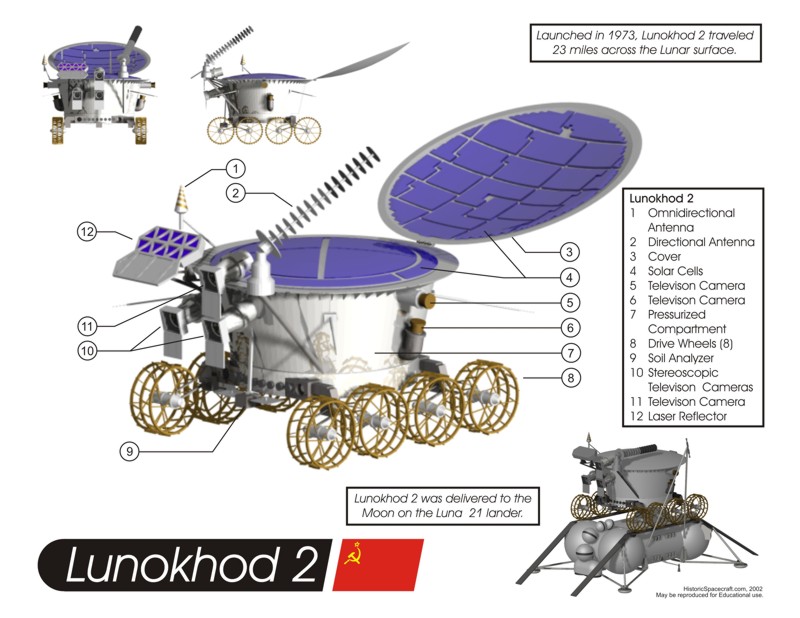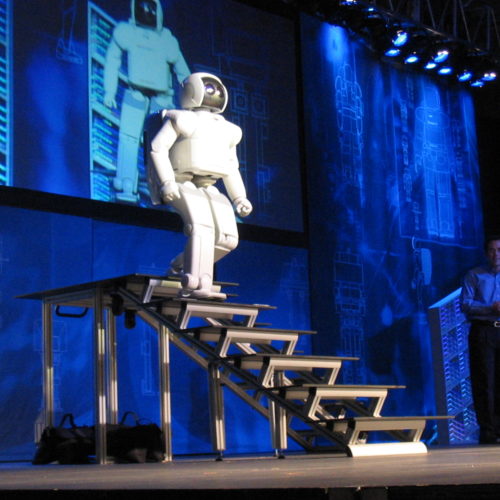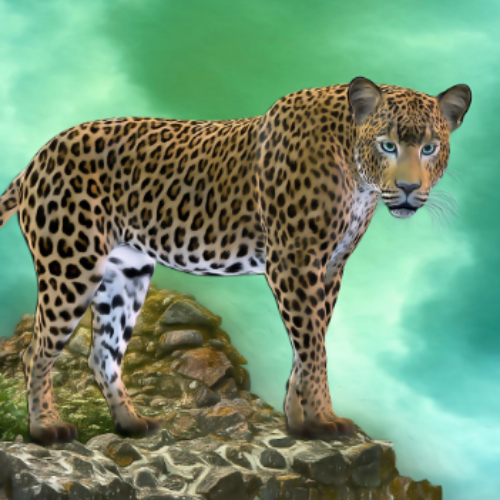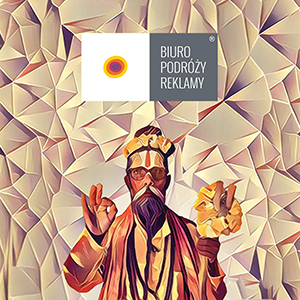Lunokhod 2
Lunkhod 2 was the second of two unmanned lunar rovers landed on the Moon by the Soviet Union as part of the Lunokhod program. A 1970s Soviet rover did indeed travel about 3 miles farther on the surface of the moon than originally thought, meaning that any robot hoping to break its off-world distance record will have to run a full marathon, researchers say.
The remote-controlled Lunokhod 2 moon rover was long thought to have traveled 23 miles (37 kilometers) on the lunar surface back in 1973. But a Russian team recently upped the estimate to 26 miles (42 kilometers), using images snapped by NASA’s sharp-eyed Lunar Reconnaissance Orbiter.
The primary objectives of the mission were to collect images of the lunar surface, examine ambient light levels to determine the feasibility of astronomical observations from the Moon, perform laser ranging experiments from Earth, observe solar X-rays, measure local magnetic fields, and study the soil mechanics of the lunar surface material.

Lunokhod 2 operated for about 4 months, and the original estimate was that it covered 37 km (23 mi) of terrain, including hilly upland areas and rilles, and sent back 86 panoramic images and over 80,000 TV pictures. As of June 26, 2013, its journey remained the longest any robotic rover, or any vehicle, that had ever driven on another celestial body; the crewed Apollo 17 Lunar Roving Vehicle.
You might also like
ASIMO
ASIMO is 4 feet 3 inches tall, weights 119 lbs and can walk or run on two feet at the speed of 3.7 miles per hour. He is a multi-functional
FLASH
FLASH stands for Flexible LIREC Autonomous Social Helper. He was designed and built at the Wroclaw University of Technology (WRUT) in cooperation with Produkt Dizajn Studio, TF Construction, and Cad-Mech. Flash was made as
The Jumping Robot Built To Save Lives
MIT’s Biomimetic Robotics Lab released its first video of the Cheetah robot in July 2012, although it had been mentioning it since 2009. This showed Cheetah walking and by May



